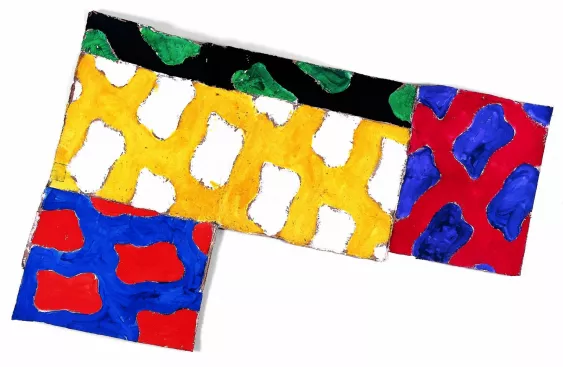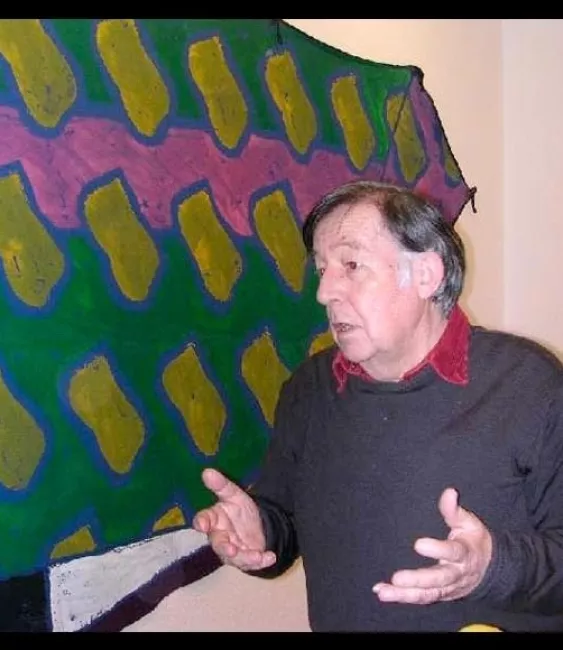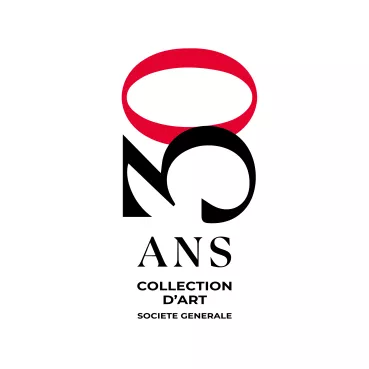
Zoom
Toile en T
1980
Claude Viallat
Painting
160 x 240 cm
In the shape of a “T”, this work by Claude Viallat consists of repeated impressions of identical shapes on yellow, black, red, or blue canvases. The free canvas, without a frame, allows him to surpass the limits of traditional painting, and the impressions give him the ability to create infinite variations. His work is marked by polychromy and the print, which has become his signature over the years.

Born in 1936 in Nîmes, France
Claude Viallat is one of the founders of the “Supports/Surfaces” movement in the 1970s, advocating for a renewal of art by questioning traditional materials. Trained at the Beaux-Arts of Montpellier and Paris, he began working on industrial tarps, endlessly repeating an abstract shape resembling a knucklebone, which became his signature. By applying this stencil motif on various supports, he challenges the meaning of the creative gesture and the status of the “work of art”
Artwork of
Claude Viallat

Visit the Collection
Book a visitThe visit of the Collection is open to you! Come alone, in a group or on a school outing !
Reservation is mandatory in order to offer you a guided tour, at La Défense or by videoconference.



